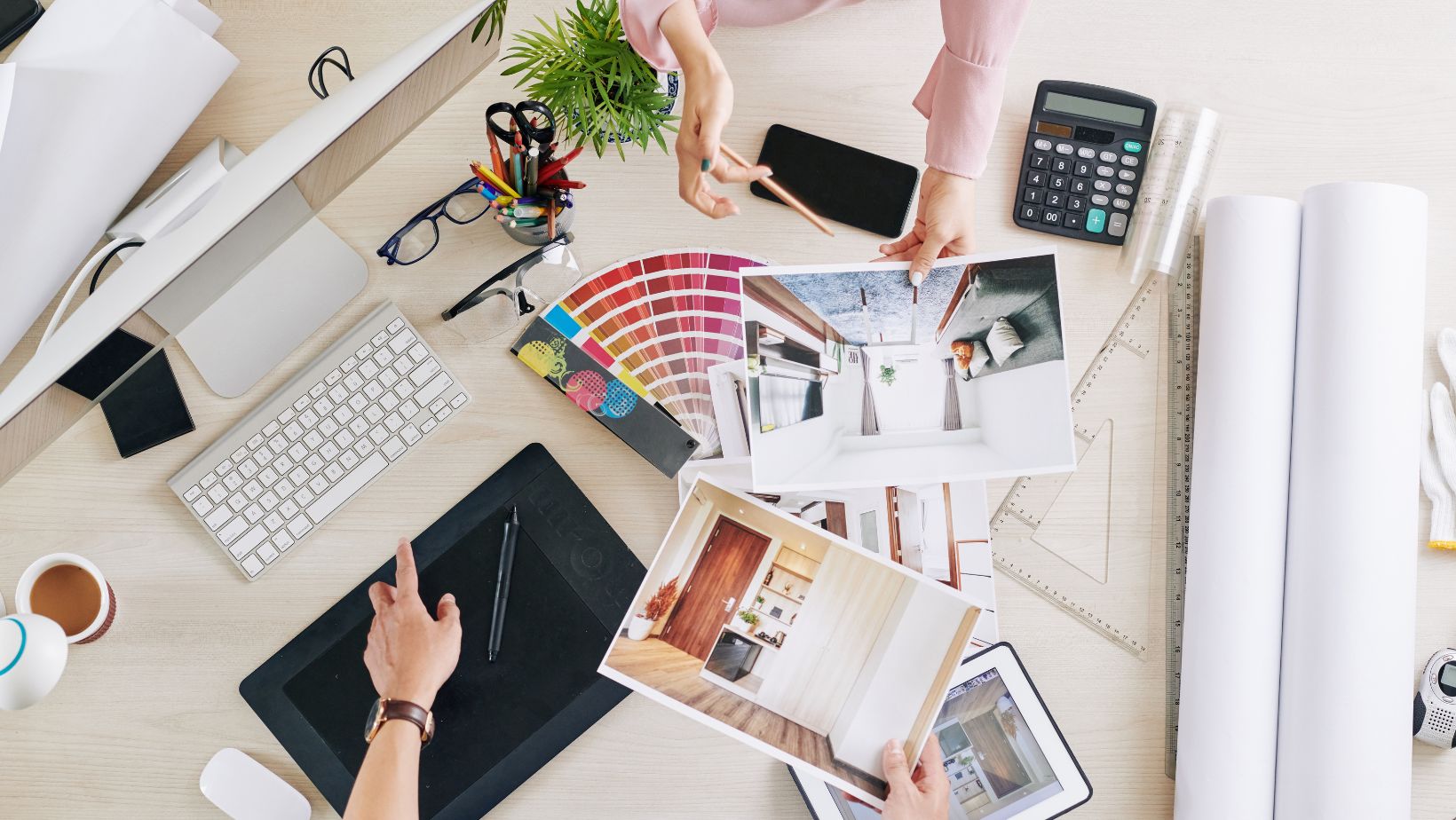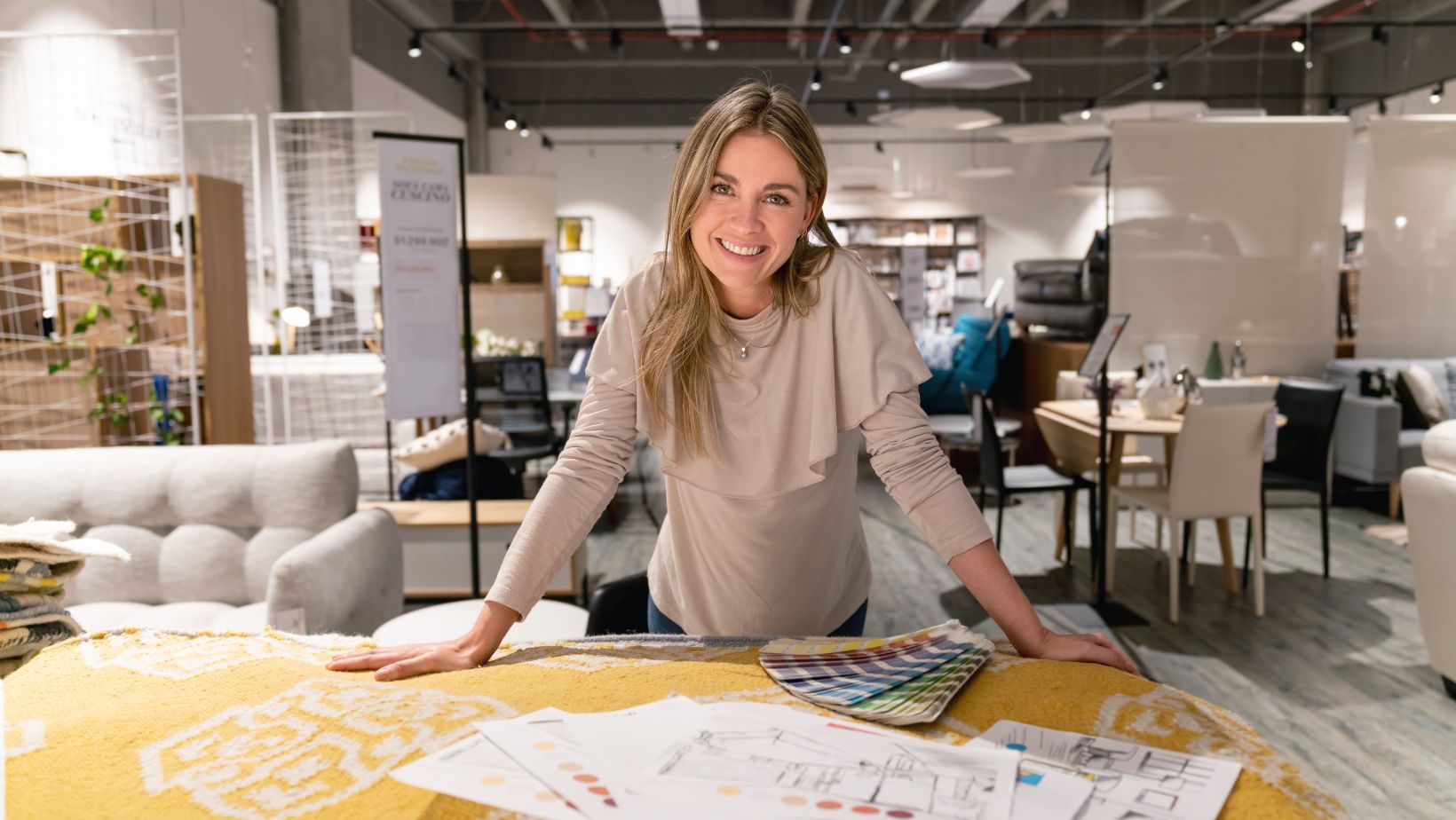Interior design is experiencing a quiet but steady shift as artificial intelligence (AI) tools become a staple in studios and design firms. Today’s designers are blending traditional craftsmanship with digital tools to create personalized, high-quality spaces faster than ever before.
A New Toolkit for Designers
Advances in AI image generation are at the heart of this evolution. Tools that convert text prompts into images or transform 3D models into photorealistic renderings now allow designers to explore multiple concepts in a fraction of the time it used to take. For example, platforms based on models similar to Stable Diffusion and Dreambooth help generate detailed renderings quickly. Tools like CGDream—used for transferring image structure, converting between 3D and 2D formats, and even upscaling images—enable designers to experiment with unique LoRA styles for a custom look with minimal or no prompts.
Data-Driven Creativity
Behind the scenes, AI systems analyze vast amounts of design data—from current trends to individual client preferences—enabling tools to offer tailored suggestions that fit the specific needs of a space. This data-driven approach not only saves time but also opens up a new era of visual storytelling. Many designers are now using CGDream AI Generator for Free Images to create visuals from text prompts, 3d models, existing images or even to modify image composition, further enriching their design narratives.
- Market Growth: Research shows that the AI in interior design market is expected to grow at compound annual rates between 20% and 24%, with multi-billion-dollar valuations predicted by the early 2030s.

- Efficiency Gains: By automating routine tasks like space planning and color selection, AI allows designers to focus on the creative details—some firms report productivity gains of up to 30%.
Practical Applications in Everyday Design
AI isn’t just about generating impressive visuals—it plays a practical role in daily design workflows. Tools now support:
- Virtual Staging and Visualization: Augmented reality (AR) and virtual reality (VR) features let clients “walk through” spaces before any physical work begins, making presentations more interactive and reducing costly errors.
- Personalized Recommendations: Data insights drive personalized suggestions for furniture, decor, and even lighting solutions that fit a client’s specific taste and spatial constraints.
- Streamlined Project Management: With AI handling repetitive tasks, designers can manage more projects simultaneously, allowing them to refine ideas without getting bogged down by manual processes.

In a world where interior design powered by AI is fast becoming the norm, designers are learning to leverage these digital tools to enhance, not replace, their creative vision.
Challenges and Considerations
Despite the many benefits, integrating AI into interior design is not without challenges. High initial costs and data privacy concerns can be barriers—especially for smaller practices. Moreover, while AI can speed up routine tasks, maintaining the human touch is essential. The nuance, emotional insight, and cultural context brought by human designers remain vital for truly unique spaces.
What is Read Chief Meeting Officer?
If your company outsources its IT support, it could also be worth exploring a partnership with a creative-focused IT provider, one that understands your workflows and can help bridge this gap, offering guidance on how creative-focused IT provider can enhance your creativity rather than constrain it.
Looking Ahead
As AI image generation and related technologies continue to mature, the design process will only become more efficient and personalized. The collaboration between advanced digital tools and human creativity is set to transform how spaces are envisioned and executed. With ongoing innovations and better integration, designers can expect even more sophisticated AI capabilities to support their workflow. Ultimately, the rise of AI in interior design signals a future where tailored, data-informed aesthetics meet traditional artistic expression—a balance that is already reshaping the industry.